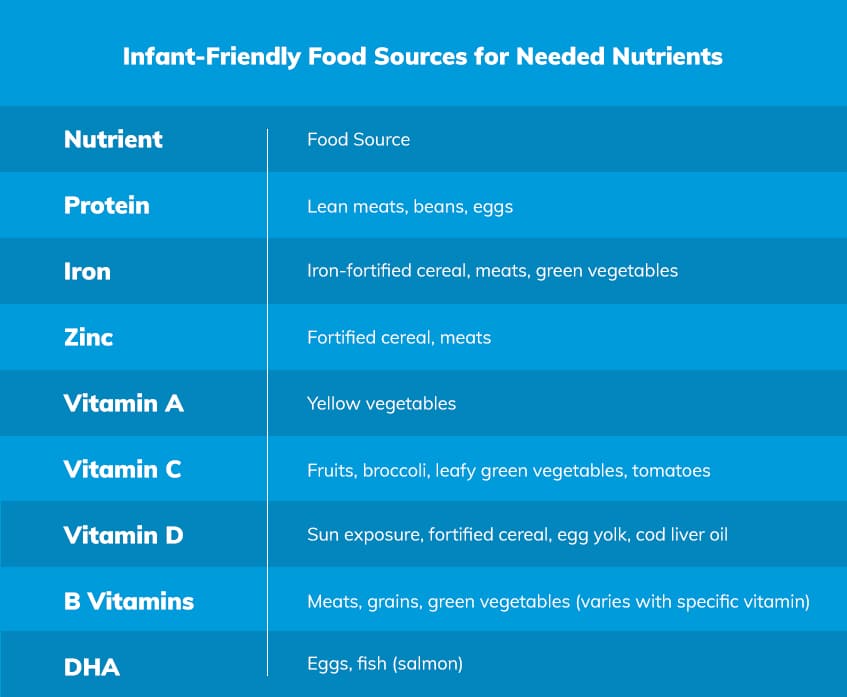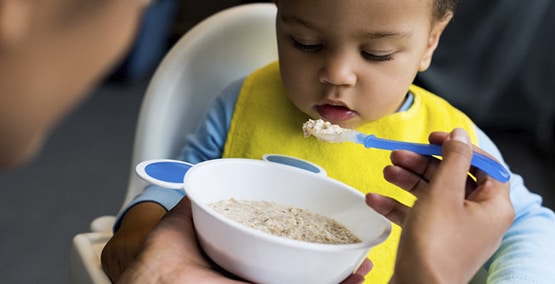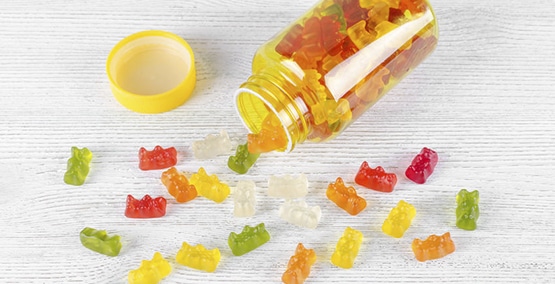
Introducing infant-friendly foods
Breast milk is considered the golden standard of nutrition for infants under the age of 6 months. However, by 6 months of age, a growing baby begins to need more than just breast milk to give them enough calories and nutrients to keep growing. At this age it is time to start introducing infant-friendly solid foods alongside routine breast milk and formula feedings.
Introducing solids provides infants with additional sources of protein, iron, zinc, and the B vitamins. Additionally, solid foods help babies develop oral motor skills, like moving their tongues, swallowing thicker consistencies and chewing. Babies can also begin enjoying the social and cultural aspects of food such as eating the same foods as their family and being exposed to new flavors of family dishes.

How Do You Know If A Baby is Ready?
Typically, once a baby doubles their birth weight and drinks more than 32 ounces of breast milk or formula per day, they are ready to start solid foods. Developmentally, babies should be able to sit with good head control and show signs of interest (leaning forward) and fullness (turning away). They should also be able to move food around with their tongues to prevent choking.
At 6 months a baby's intestinal tract has matured enough to tolerate new foods. Introducing foods too early can cause problems especially in baby's prone to food allergies.





